Can Porsche Convince Us Synthetic Fuels Are Worth It?
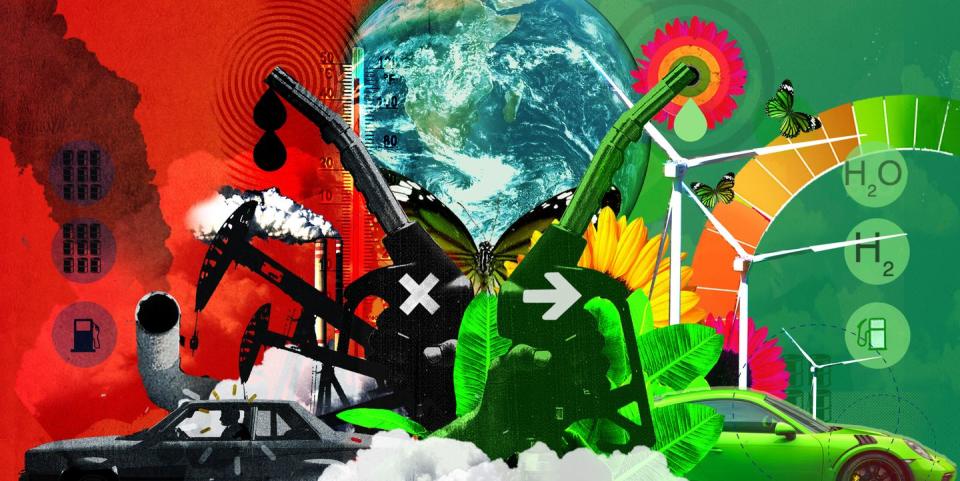
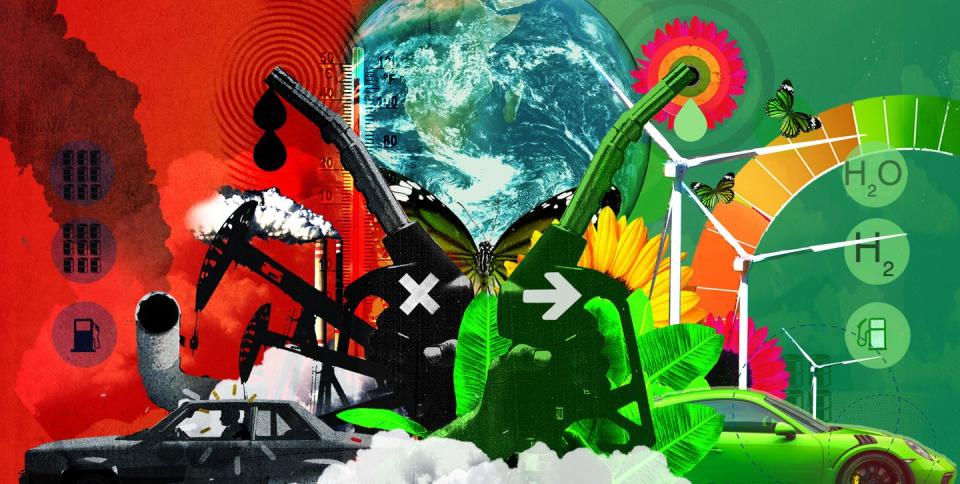
Porsche wants you to embrace wind farms. Yes, you, the petrolhead with a 911, you are the target market for demanding more wind and solar and hydroelectric and geothermal power, as soon as possible.
Why? Well, it’s just announced the opening for production of its synthetic fuels plant, which promises to make gasoline out of nothing but clean air and water. A carbon-neutral continuity for internal combustion sounds too good to be true but technically, at a price of both energy consumption and financial cost, it’s sort of possible. It’s just whether we’re really at a point where that can make sense.
Wanted: miracle
Most of us are aware that the world is cooking due to anthropocene climate change. If you’re somehow not, I have some absolutely terrible news for you: unless we drastically cut greenhouse gas emissions, immediately, then even limiting climate change to 1.5 celsius will be impossible. 1.5C doesn’t sound like very much but in environmental terms it’s near-apocalyptic, with every tenth of a degree over that more and more dire.
That’s, well, awful but it’s something that we have to face up to. As a fan of anything that’s mechanically engineered, it’s also something that’s difficult to reconcile; appreciating the beauty of a project like Concorde or a howling supercar goes hand in hand with knowing it’s fuelled by the stuff that’s causing the problem.
A lot of carbon used to be sequestered in the ground, in the form of fossil fuels. We dug them up and refined them and burnt them and now they’re in the air, which is causing the world to heat up. The first thing we need to do is stop getting new fossil fuels out and leave the carbon where it’s not causing any harm and the second thing is we need to get the stuff out of the air, all of which sounds a lot simpler on paper than it is.
Synthetic fuels offer an option to do both those things (at least temporarily) by creating gasoline through a chemical process, rather than from crude oil. Gasoline’s just a hydrocarbon, so if you’re clever enough you can rearrange hydrogen and carbon molecules into it and if you capture the carbon you’re using from the air then you’re effectively reversing the process of burning fossil fuels.
That’s the sales patter. Guilt-free gasoline, like a low-sugar soda, will make a combustion car climate neutral and we’ll all drive happily ever after. It’s a nice idea, that if you don’t want to then you won’t have to give up your beloved cars but it’s also a seriously niche one. Then again, a 911 is hardly a Toyota Camry.
Out of thin air
The factory, announced last September, is a joint project between leading partners Porsche and Siemens as well as HIF, a green hydrogen company that Porsche announced a $75 million investment into this April, electricity and gas provider Enel, oil giant ExxonMobil, thermal engineers Gasco and Chilean national petrochemical company ENAP.
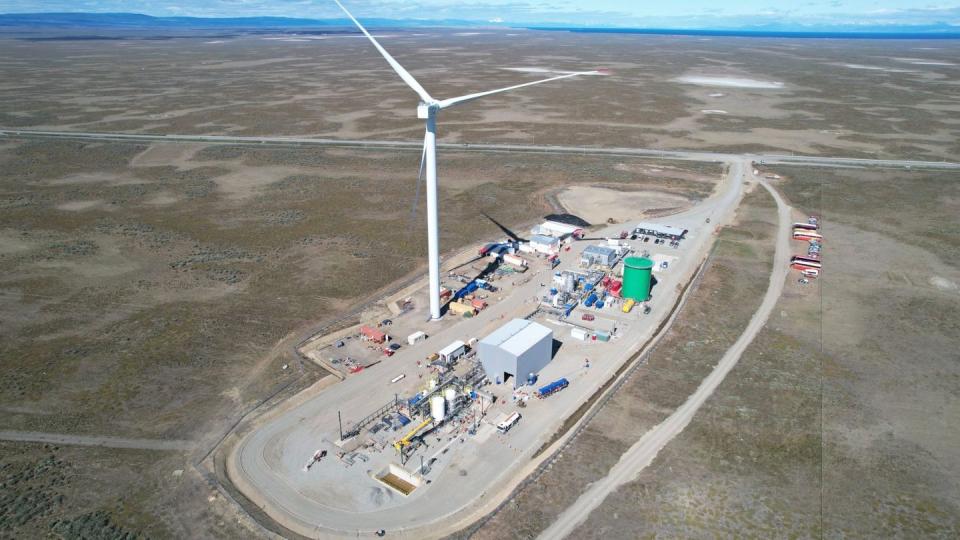
Located deep down in Chile, in the Magallanes region where there’s not a lot apart from penguins and peninsulas, the site at Punta Arenas is perfectly positioned, Porsche say, for generating wind energy. Being nearly in the Antarctic there’s a pretty much constant, strong breeze and turbines already exist onsite to generate power, albeit nothing like as much as Porsche is going to need for its ambitions.
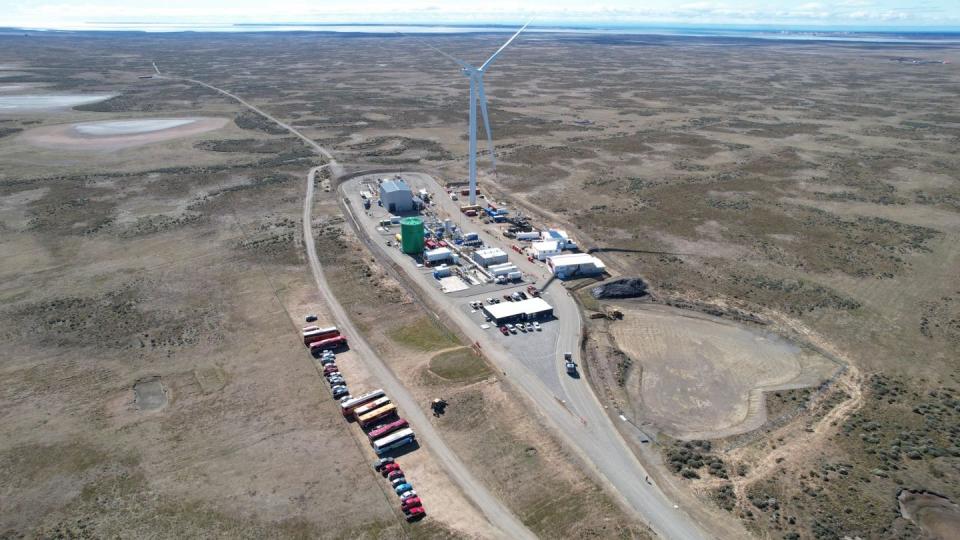
The Haru Oni site was originally announced, by Siemens and HIF, as a green hydrogen plant. Currently, the vast majority of industrial hydrogen used is generated from fossil fuels but there is an alternative process to split hydrogen atoms from water by electrolysis, leaving only oxygen as a side product. The efficiency of most electrolysis is relatively low, with only a best-case scenario of 80% of the energy used to make the hydrogen potentially stored in it once it has been generated but when the electricity is plentiful and renewable and couldn’t otherwise go into a battery or the grid, maybe that doesn’t matter.
To create a synthetic fuel from that hydrogen means adding carbon (from direct air capture, for the most neutral outcome) and forming synthetic methanol, which then undergoes a series of processes that take advantage of the flexible nature of hydrocarbons to reformulate it something chemically the same as gasoline. As with regular gasoline, there’s then enrichment with additives to reach the exact fuel blend wanted.
It’s an energy intensive process; the absolute best estimate is that it takes about 10-11MWh to produce 2,240lbs (1,120 liters) of methanol, before you start the process of converting that to gasoline and that number is very optimistic. The whole thing, of course, might actually be quite efficient compared to a millions-of-years process of extreme pressure and heat but the planet did that for us whereas we have to find the juice to make this version.
The question is: could all the clean energy being used to make synthetic fuel be used for something else? Yes, absolutely. Domestic electricity grids, manufacturing and mobility are crying out for clean energy and one of the priorities in fighting climate change has to be switching to renewables. But Magallanes has a population of less than 200,000 people and is extremely remote, with a harsh climate that would make getting electricity generated there to, say, the Chilean capital Santiago a major project that might either not be at all viable or be significantly inefficient, so it’s not like using it to generate synthetic fuel is per se robbing anyone.
Barbara Frenkel, Porsche’s chief procurement officer, was keen to emphasise that in other contexts, using electricity to charge EVs would always make more sense. “What is clear, if there is not enough renewable energy available, it makes much more sense that you use energy directly in electric cars. Here, the efficiency is the best and therefore our strategy is that we push fully on electromobility and we have efuels in addition. So therefore, especially when it comes to Europe, it's of essential importance that the government increases the ambition to establish a good charging infrastructure based on renewable energy.”
Which makes sense: by investing in synthetic fuels Porsche isn’t cancelling its electric vehicle programme, this is kind of a side gig. Especially to the global fuel market.
Scale-up
The project is opening with an ambition to generate 130,000 liters of synthetic gasoline per year. Aside from needing to find thousands of gigawatt hours of energy to do that, that’s really not very much fuel; it’s just shy of 600 drums.
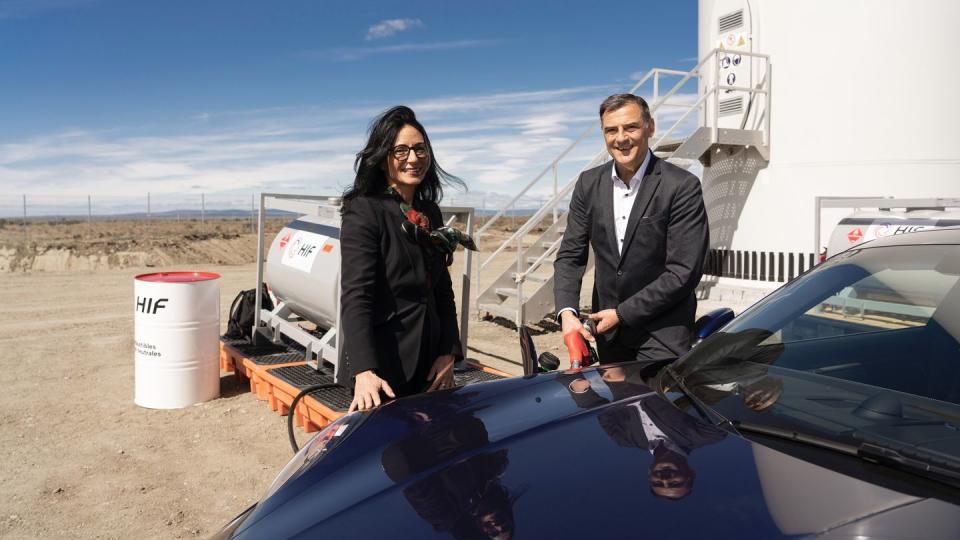
It will be the most purely synthetic fuel any plant is capable of making but, during this pilot phase, not even a drop in the ocean of global gasoline. Porsche hasn’t put a timeline on the end of the pilot phase, although it’s expected to last multiple years and during that time, it will be the only customer to the plant.

The pilot phase fuel will be used in the Porsche Supercup racing series, which upgraded its car in 2021 to be synthetic-fuel ready. That doesn’t really mean anything because synthetic fuel can be made to any spec but was part of the process of Porsche getting the Haru Oni project operational.
Anything left over from racing will go to Porsche experience centers for track days. That means Porsche gets to keep the product in its ecosystem and gather any data about how it performs, compared to conventional gasoline. And, if it manages to get its proposed 2026 Formula 1 entry together (something Porsche is still working on, although sister brand Audi has secured a Sauber deal) the gasoline will be used there, too, with Porsche bucking the trend of Shell or Petronas logos on cars by being its own fuel supplier.
The idea of the pilot phase is to find efficiencies, in order to make synthetic fuel make sense. Porsche is, at least, fairly open about the fact that energy-wise, it currently doesn’t. If a fuel is going to even be carbon-neutral then it needs to lower the amount of energy needed to make it as much as possible, within the reasonable boundaries of physics.
There will always be energy needed to break molecular bonds and split water into hydrogen, there will always be more required to then force the hydrogen to bond with carbon. That’s just how things work. Combustion isn’t very efficient, as a process, so the energy got back out in a vehicle will be significantly less than went in to making the fuel, by default.
But the carbon will be the same, when it’s burned back into the air. Actually, it might be even worse because CO2 isn’t the only emission from exhausts but what you have is at least a net loss to re-release the same carbon you went to the effort of capturing, a process that (as things stand) requires vast volumes of air to be pumped through a system, demanding huge amounts of energy.
Even if that’s green energy, it comes back to: is this the best use of it? To make a case for synthetic fuels you need to, as Porsche’s project is intending to, get as close to perfect efficiency as you can. Which is why Michael Steiner, member of Porsche’s executive board for research and development, said that every stage of the process will be being looked at, including reusing energy from exothermic stages to facilitate endothermic ones.
“You have a lot of thermal energy from the electrolyzing process and you could use that for the synthesis process in the next step,” explained Steiner. “So [heat used] for the synthesis from H2 and CO2 to methanol, from the electrolyzer as well as from the last step, methanol to gas. You also need some thermal energy to get some of the water out of methanol, the initial grade and quality of methanol you gain in such a plant still contains too much water.
“So the combination and the connection of the processes is not based only on renewable energy from the windmill, but also from some losses within the process. And that could help a little bit on overall efficiency,” Steiner said.
That might sound like picking bones but it’s an essential part of the pilot stage, if this project is going to reach viable production, when it scales suddenly and massively. From less than 600 drums of fuel a year, once it exits the pilot phase the plan is to produce 252,293 drums worth of gasoline in the plant’s first, full, year. Then just two years after that, to more than 2.5 million drums, at which point the energy demands would be unviable unless significant efficiencies can be found.
Porsche is confident they will be. It has thrown its money at this project and the future hope of keeping some of its most iconic cars going.
Synthetic fuel doesn’t make sense now - and might not ever - but the production line to find out if it can is rolling.
You Might Also Like

 Yahoo Autos
Yahoo Autos 